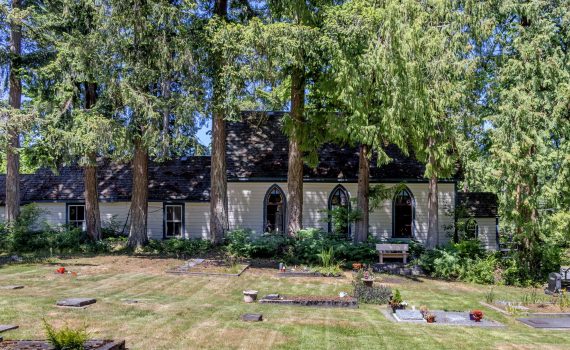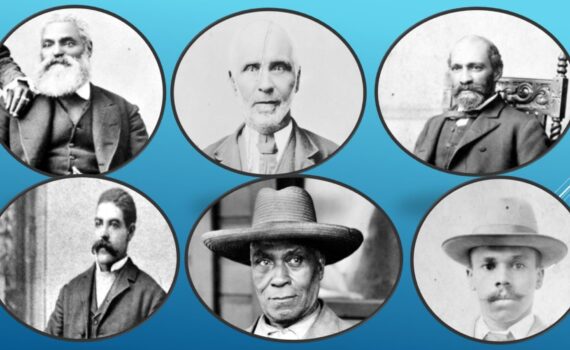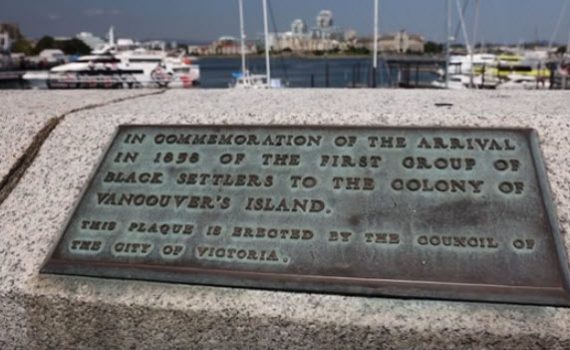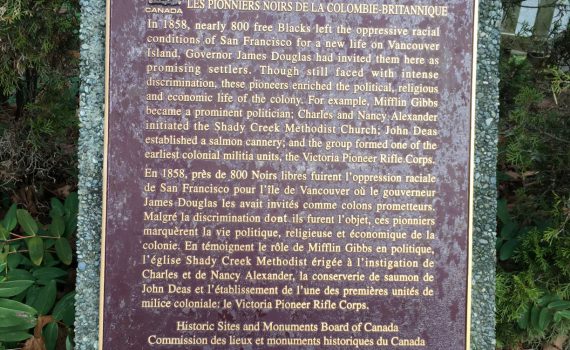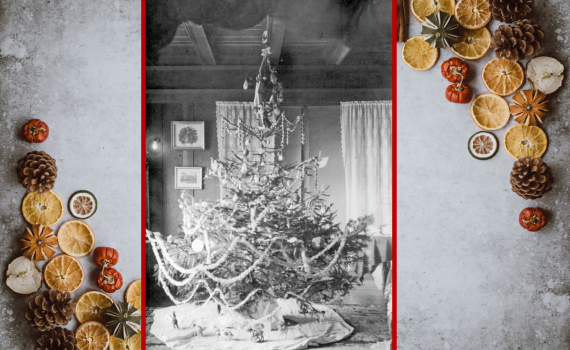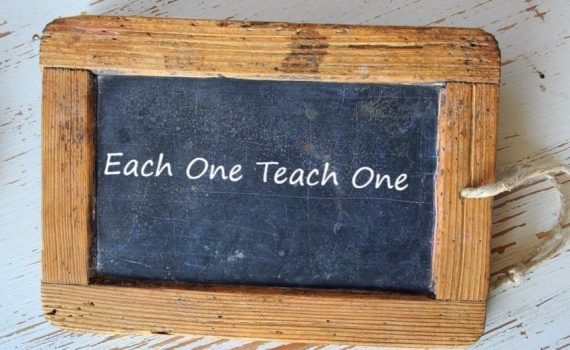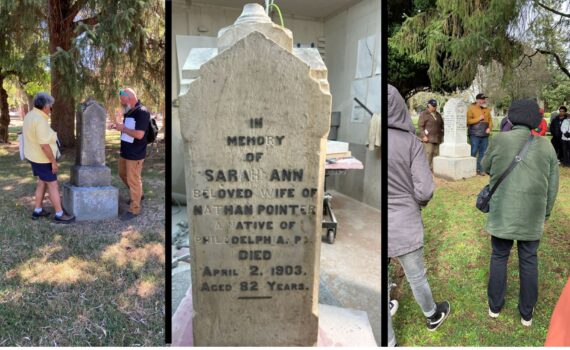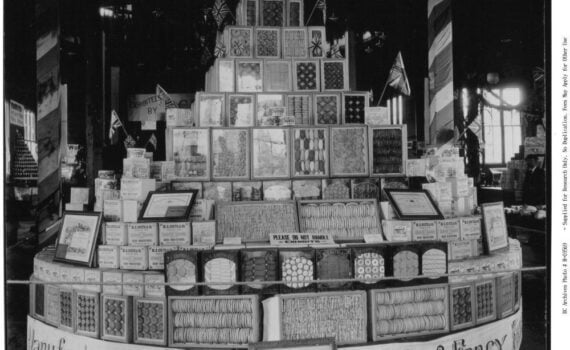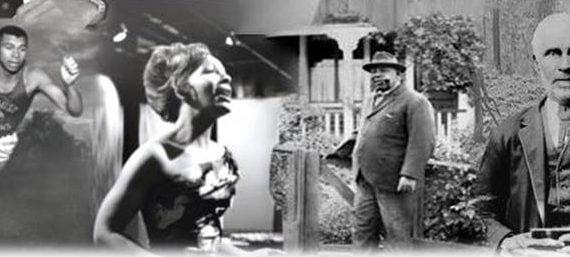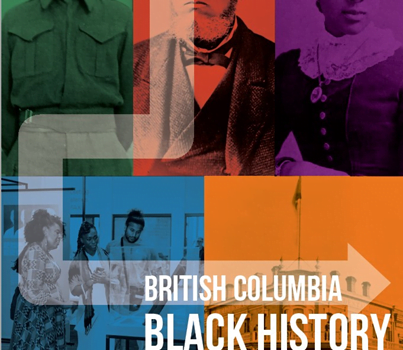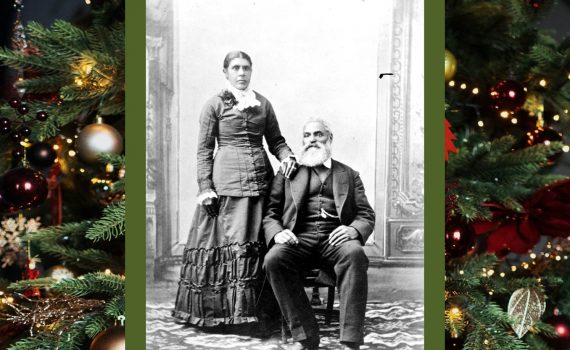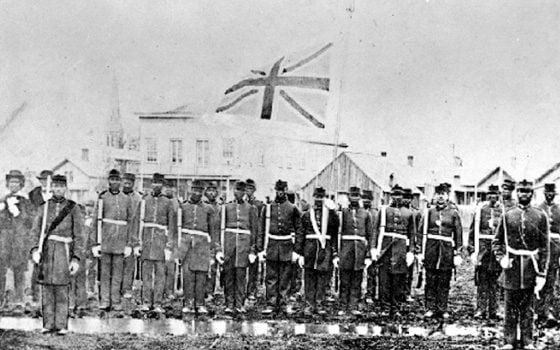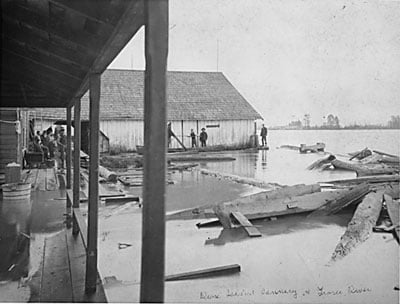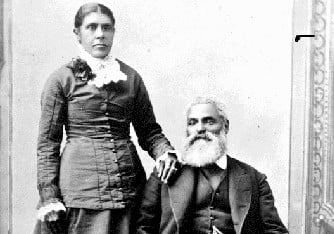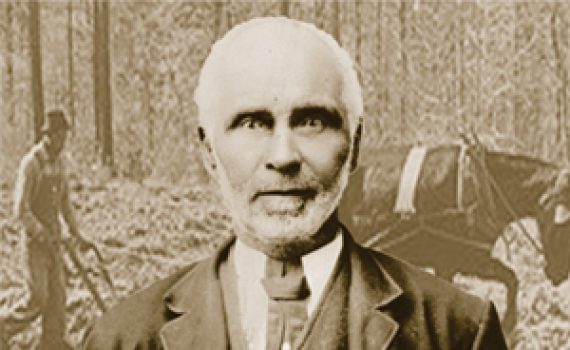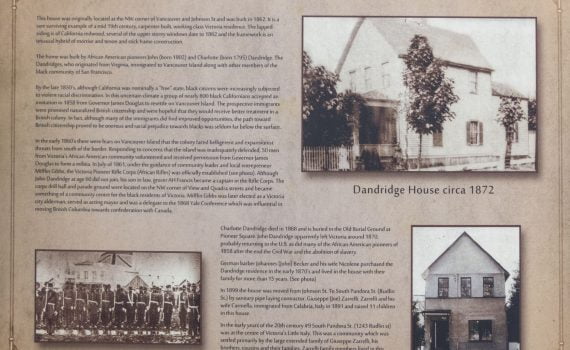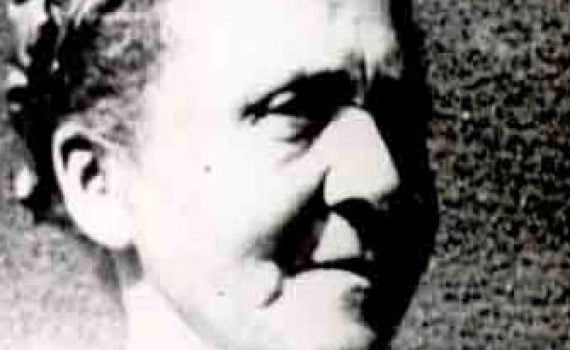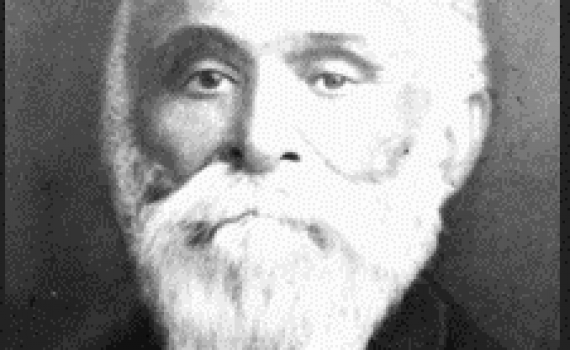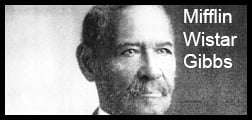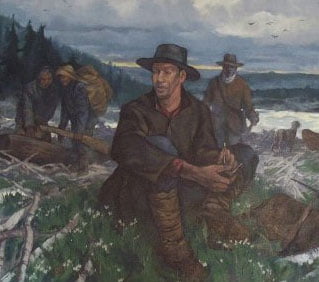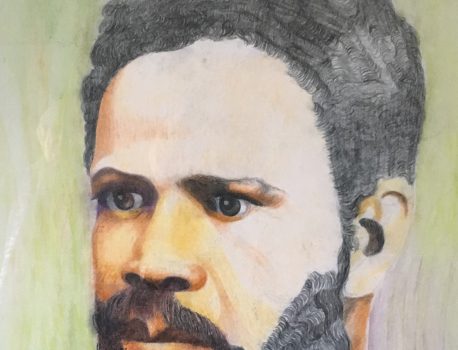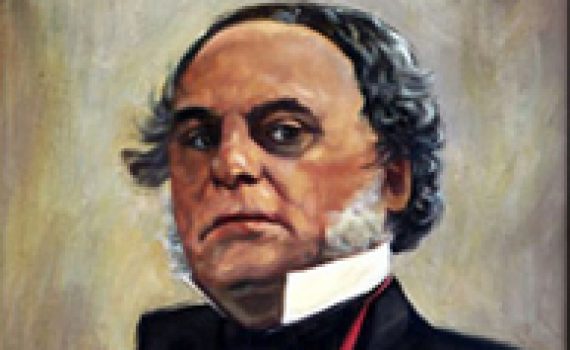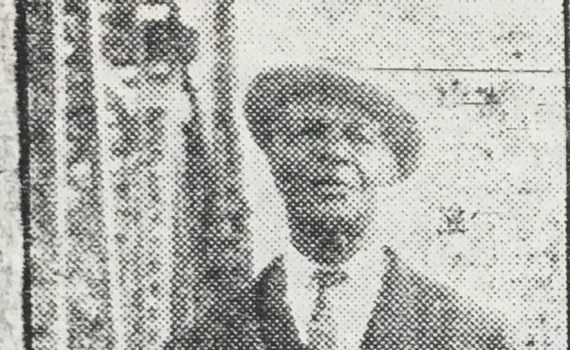Earliest Pioneers (1858-1899)
April 25th,1858 the Steamship Commodore sailed into Victoria harbour from San Francisco. On board were 35 Black people, the Pioneer Committee, to meet with Governor Douglas. They were free men and women seeking a place where they could raise their families, educate their children, practise their professions, enjoy the results […]
The arrival of the Black Pioneers to B.C. in 1858 was designated as a National Historic Event by the Government of Canada on September 22, 1997. This plaque was commissioned by the Historic Sites and Monuments Board and was unveiled on February 20, 2000 at the Shady Creek United Church […]
These women have made history – are making history.Activist, Abolitionist, Athlete, Civic Leader, Community Leader, Creative Artist, Educator, Historian, Judge, Lawyer, Pastor, Pianist, Pioneer, Politician, Teacher, Trailblazer … This year’s theme, Women at Work: Economic Growth Past, Present and Future, highlights the significant contributions women have made to the workforce […]
This bakery business offered an extraordinary variety of biscuits, fancy breads and baked goods for many decades. Moses Rowe Smith arrived in Victoria in 1858 from London, Ontario. He had been engaged in the bakery business there. He set up his bakery on the south side of Johnson Street, but […]
Artist, Dentist, Judge, Juror, Policemen, Politician, Teacher, Television Host. In acknowledging these “Firsts”, we can reflect on the advice Gibbs received, before deciding to migrate to Vancouver Island, from Julia Griffith, the English comrade of abolitionist Frederick Douglass: “What! Discouraged? Go do some great thing.” Here are some “firsts” for […]
It’s here! – a 52-page illustrated publication, BC Black History Timeline, to purchase by donation We launched a BC Black History digital timeline in 2021; and then began receiving requests for a print version. Working with a graphic design firm, we are now offering an illustrated 52-page publication to purchase […]
By the spring of 1860 40 to 50 Black men were enrolled in the Victoria Pioneer Rifle Corps. The Corps was officially sworn in on July 4, 1861. In 1859, when the volunteer Fire Department was being created in Victoria, several Black men volunteered to serve but they were […]
In February 1860 he was the 1st Black to sit as a juror in B.C. Peter Lester moved with his wife Nancy and five children to San Francisco from Philadelphia in 1850, where he was appalled to find that slavery was still a fact of life in the free state […]
A tinsmith by trade, Deas became the leading canner on the Fraser River in the 1870's. Deas Island, where the cannery was located, bears his name. To mark Canada's 150th birthday, 150 noteworthy British Columbian's were named: February 24, 2017: John Sullivan Deas - built first commercial salmon cannery. Salmon […]
Patriarch and Matriarch of Alexanders of Victoria, arrived in Victoria aboard the ship Oregon in July 1858. Charles was born August 16, 1824 in St. Louis, Missouri. He was a free black. Nancy was born May 25, 1834 in St. Louis, Missouri. She was also a free black. They were […]
Farmer, cooper, husband, father, church leader, school trustee ... Applicants for British Citizenship in an 1858-1859 report in the Victoria Gazette listed Fielding Spotts as a cooper. It is believed he arrived late in 1858/early 1859 and worked at this trade in Victoria until about 1864. Eighteen fifty-nine was a […]
Suffragist, abolitionist, devoted daughter, wife, mother; and property owner. While Sydna’s grave at Ross Bay Cemetery is unmarked; her life’s work is indeed remarkable. Our hope is you will consider helping us raise funds to install a grave marker for Sydna Francis. This is her gravesite at Ross Bay Cemetery, […]
Born into slavery, as a child she taught herself to read; travelled from Missouri with her parents, was a pioneer on Salt Spring Island, became a legend, living to the age of 106. Sylvia Estes was born in Clay County, Missouri to parents who were slaves. Her parents and their […]
Emma Stark was the 1st Black teacher on Vancouver Island, 1874, at the Cranberry-Cedar School near Nanaimo. Emma was born on February 17, 1856 in California. Her given name was Emily Arabella. She is the daughter of Sylvia and Louis Stark. She had 1 brother Willis, born on January 9, […]
1st teacher on Salt Spring Island circa 1859 to 1875; one of only 16 public school teachers in the Province at that time. John Craven Jones was the 2nd oldest of three brothers who came to Salt Spring Island in 1859. John's older brother is William Allen who settled in […]
The Government of Canada is proud to honor a man who worked tirelessly for the local Black Community as a politician, businessman, and defender of human rights ... His story... Mifflin Wistar Gibbs was born in Philadelphia, April 17, 1823 to Jonathan C. and Maria Gibbs. Gibbs father, a minister […]
Giscome Portage Trail bears his name, and is a designated heritage site. Giscome Portage Trail was designated an official Heritage Site in 1997. BC Parks took over management of the trail when it was designated a Protected Area in the year 2000. The image is titled "Crossing the Portage" by Richard […]
William Allen Jones was the 1st dentist in B.C. (1886) to be granted a license under the British Columbia Dental Act. William Allen Jones, was the oldest of three brothers who came to Salt Spring Island in 1859, pre-empting land on the west side of Ganges Harbour. All three brothers […]
James Douglas was born in Demerara, British Guiana, which is now Guyana, in 1803. His father was a Scottish merchant with commercial interests in sugar plantations, his mother was a free woman of Barbadian-Creole ancestry. In the records of the Hudson’s Bay Company (HBC) he is referred to as Scotch […]
The 1st professional Black artist, working and living in the Pacific North West, British Columbia and California. In addition to his oil paintings. Brown was also a cartographer and lithographer. The Royal B.C. Museum holds the greatest number of and most significant of Brown's Canadian works and continue to add […]
On April 11, 1930 George Paris Carter turned 70. Colonist April 11, 1930, page 23: The article included the picture of George and reads: “When Mr. George Paris Carter woke up this morning at his house at 149 St. Lawrence Street, his first thought on gazing out at his sunlit […]

